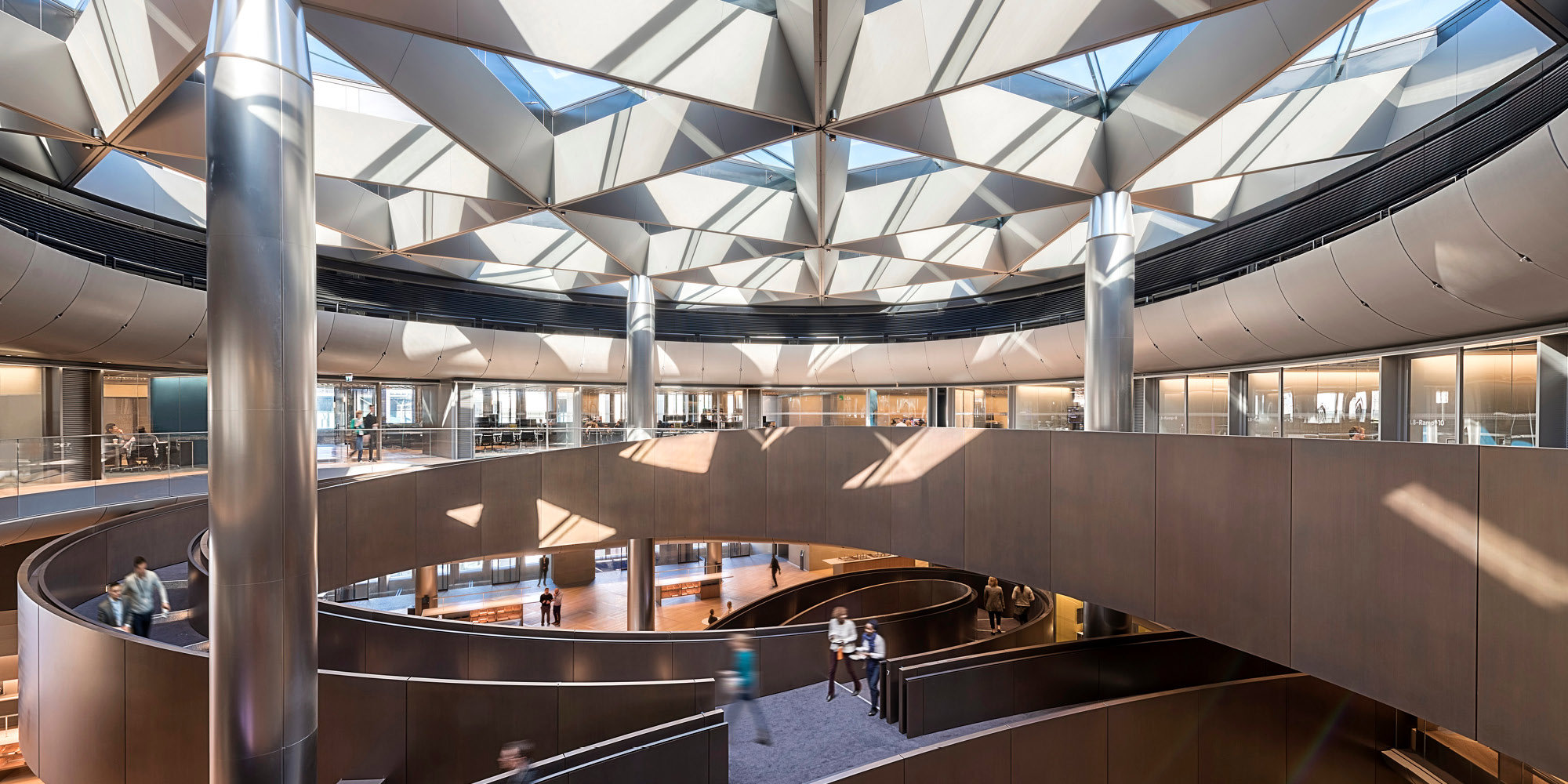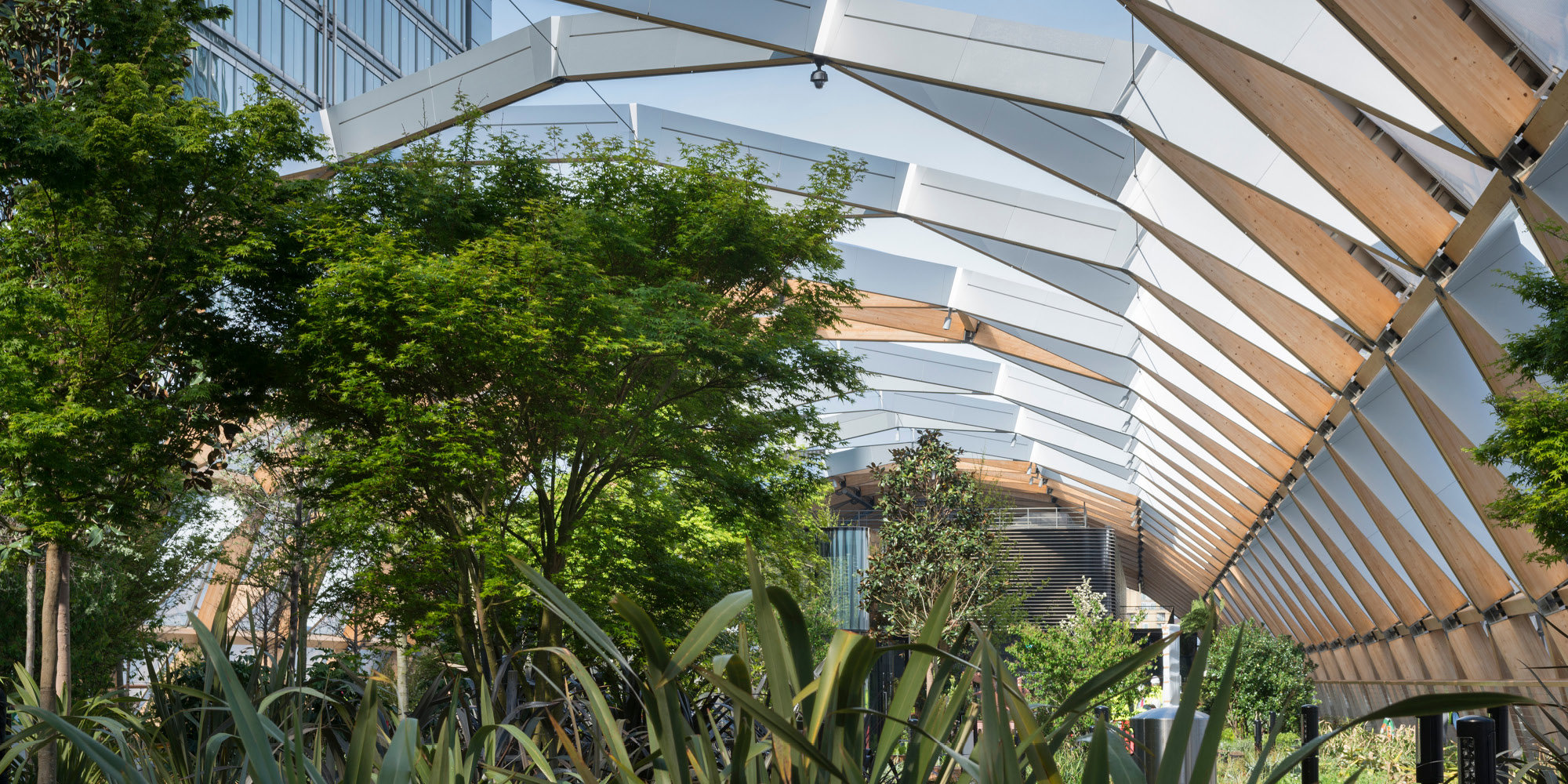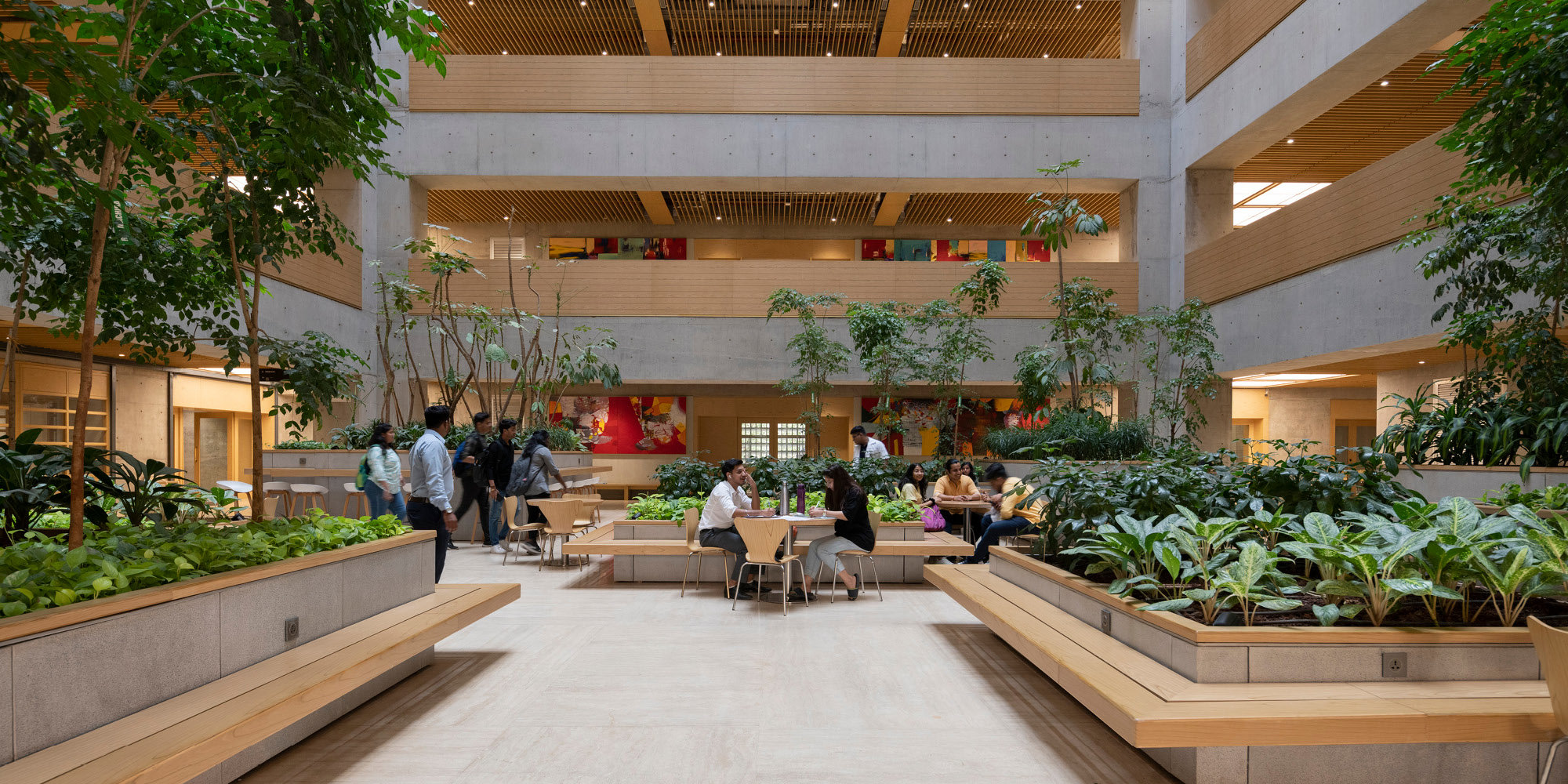Foster + Partners, Halcrow and Volterra – the team behind proposals for the Thames Hub, which includes a new £20 billion, 150 million passenger estuary airport, a four track orbital rail line and utilities spine and a new Thames crossing and barrier - today welcomed reports that the government is considering a Thames Estuary Airport when it launches its consultation on options for retaining the UK’s aviation hub status.
Speaking on behalf of the team, Lord Foster of Foster + Partners, said:
"We welcome reports that the government is considering the case for an estuary airport, and the extra airport capacity that it can provide, when it consults in March on options for retaining the UK’s aviation hub status as part of the nation’s aviation strategy.
"We are committed to working with government and wider industry stakeholders to put in place the transport connections Britain needs to encourage growth, job creation and trade with the rest of the world, particularly the emerging economies. This is an opportunity to reassert Britain’s role as a global hub and an international gateway.”
The Thames Hub vision, which includes a comprehensive environmental management strategy, can be privately funded and built within 16 years. Estimations for the capital costs are: new estuary airport £20 billion; orbital rail £20 billion; barrier crossing and tidal power generation of green energy to power the airport £6 billion; and improving infrastructure £4 billion.
"We are aware that there is some confusion between our Thames Hub vision and the Mayor of London’s Shivering Sands proposals, which have become known as ‘Boris’ Island”, continues Lord Foster.
"The Mayor has expressed his support for the Thames Hub proposal, as have Douglas Oakervee and Bridget Rosewell, who developed the Boris Island proposals, and who are now part of the Thames Hub team.
"We believe that the economic case for the Thames Hub is compelling as Britain is already losing out to expanding European hubs. Our proposal comprehensively addresses the infrastructure needed to maximise the advantages of a new airport. The Thames Hub and proposed new airport project is part of a wider UK-wide initiative to bring together rail, freight logistics, aviation, energy generation and transmission, flood protection and regional development. It will shift more movement of goods to rail and reduce congestion on our road systems. Recognising the synergies between these different strands, it reaps many benefits and economies from their integration."









